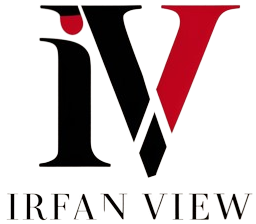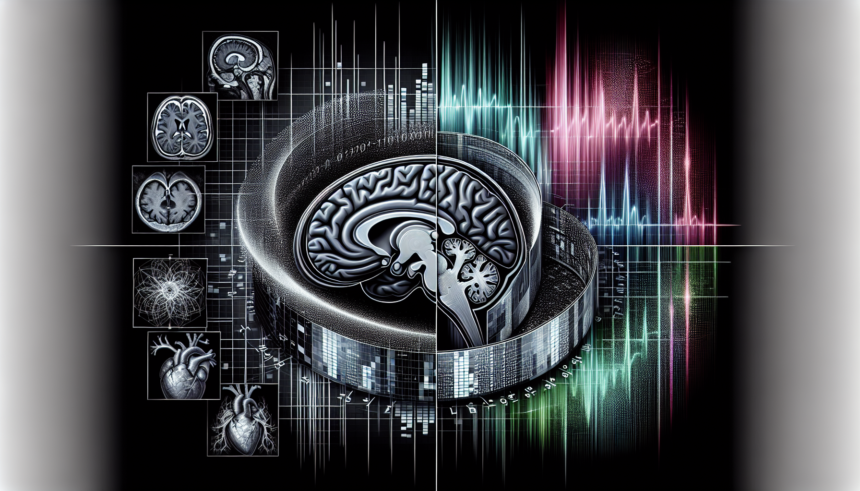Medical imaging plays a cornerstone role in modern diagnostics and therapy, enabling clinicians to visualize and analyze internal structures of the human body non-invasively. One critical aspect of medical imaging is the quality of images produced, particularly their contrast. Contrast enhancement techniques are essential to improve image clarity, which facilitates better diagnosis and assessment. This article delves into advanced techniques in contrast enhancement for medical imaging, bringing to light their principles, applications, and benefits.
Fundamentals of Contrast Enhancement
Contrast enhancement in medical imaging is the process of improving the visibility of structures within an image by increasing the differential brightness between different regions. Traditional techniques, such as histogram equalization and adaptive contrast enhancement, have long been employed to achieve satisfactory image clarity. However, the advancement of computational technologies and algorithms has led to the development of more sophisticated techniques that outperform traditional methods in various ways.
Advanced Techniques
1. Contrast Limited Adaptive Histogram Equalization (CLAHE)
CLAHE is a refined version of the traditional histogram equalization technique. Unlike global histogram equalization, which enhances the contrast of the entire image uniformly, CLAHE operates on small regions of the image, called tiles. The contrast in each tile is enhanced, and then these tiles are stitched back together to form the full image. CLAHE limits the amplification of noise, which is a common issue in traditional histogram equalization, thus producing more natural-looking images.
2. Wavelet Transform-Based Techniques
Wavelet transform is a mathematical technique that decomposes an image into different frequency components, allowing for targeted enhancement of specific image features. In medical imaging, wavelet transform-based contrast enhancement techniques provide multi-resolution analysis and can discriminate subtle details that are often lost in traditional enhancement methods. By manipulating the coefficients at different scales, these techniques enhance fine details and suppress noise, resulting in clearer images.
3. Multiscale Retinex Algorithm
The Multiscale Retinex Algorithm is inspired by the human visual system’s ability to perceive color constancy and enhance details. This technique combines information from multiple scales using Gaussian filtering. For each pixel, the algorithm considers a set of surrounding pixels at different scales, which helps to enhance local details while maintaining global contrast. This method is particularly useful for enhancing low-light medical images, making it easier to detect anomalies.
4. Fuzzy Logic-Based Techniques
Fuzzy logic-based contrast enhancement techniques use fuzzy set theory to model the inherent uncertainty and vagueness in medical images. These techniques employ fuzzy rules to adjust the intensity levels of pixels based on their membership to defined fuzzy sets. By incorporating human-like reasoning, fuzzy logic methods can enhance image contrast adaptively, making them effective for complex and noisy medical images.
5. Deep Learning Approaches
With the rise of artificial intelligence, deep learning approaches have shown significant promise in the field of medical imaging. Convolutional neural networks (CNNs), in particular, have been utilized for contrast enhancement. These networks can learn intricate patterns and features from large datasets of medical images. Once trained, CNNs can enhance the contrast of new images by predicting the optimal pixel intensities based on learned patterns. This approach offers high precision and adaptability, making it suitable for various types of medical imaging modalities.
Applications in Different Medical Imaging Modalities
1. Magnetic Resonance Imaging (MRI)
MRI is widely used for its superior soft tissue contrast and non-invasive nature. Advanced contrast enhancement techniques, such as wavelet transform-based methods and deep learning approaches, have been employed to improve the visualization of fine anatomical details and lesions. Enhanced MR images provide better diagnostic clarity, particularly in brain imaging where detecting small abnormalities can be challenging.
2. Computed Tomography (CT)
CT scans are crucial for visualizing bone structures and detecting tumors and internal bleeding. Techniques like CLAHE and fuzzy logic-based methods have been used to enhance the contrast in CT images. Improved contrast helps in better delineation of structures, aiding in more accurate diagnosis of conditions like traumatic injuries and cancers.
3. Ultrasound Imaging
Ultrasound is commonly used for monitoring fetal development and examining abdominal organs. However, ultrasound images often suffer from speckle noise, which can obscure important details. Techniques such as the Multiscale Retinex Algorithm and CNN-based methods have been developed to reduce noise and enhance contrast, improving the utility of ultrasound in clinical settings.
4. X-ray Imaging
X-ray imaging is fundamental for diagnosing bone fractures and chest infections. Advanced contrast enhancement techniques, including wavelet transform and deep learning methods, have been applied to X-ray images to improve the visualization of bone fractures and soft tissue contrast. This leads to more accurate diagnoses and better patient outcomes.
Challenges and Future Prospects
While advanced contrast enhancement techniques have shown great potential, they are not without challenges. Computational complexity and the need for large datasets for training deep learning models are significant hurdles. Moreover, ensuring that enhanced images are accurate representations of the anatomical structures is crucial to avoid misdiagnoses.
Future research is likely to focus on developing more efficient algorithms that can process images in real-time and integrating these techniques into clinical workflows. Additionally, enhancing interpretability and validation of AI-based methods will be critical to gaining widespread acceptance in the medical community.
Advanced contrast enhancement techniques have revolutionized the field of medical imaging, providing clearer and more detailed images that aid in accurate diagnosis and treatment planning. Techniques like CLAHE, wavelet transform, Multiscale Retinex, fuzzy logic, and deep learning have shown significant promise across various imaging modalities. Despite the challenges, ongoing advancements and research in this field are likely to lead to even more sophisticated and efficient methods, ultimately benefiting patient care and outcomes.
Frequently Asked Questions (FAQs)
1. What is the main advantage of using CLAHE over traditional histogram equalization?
The main advantage of using CLAHE over traditional histogram equalization is that CLAHE enhances contrast locally by processing small regions (tiles) of the image, avoiding the amplification of noise and resulting in more natural-looking images.
2. How do deep learning approaches improve contrast enhancement in medical imaging?
Deep learning approaches, particularly using convolutional neural networks (CNNs), improve contrast enhancement by learning complex patterns and features from large datasets of medical images. Once trained, these networks can predict optimal pixel intensities, offering high precision and adaptability across different imaging modalities.
3. In what ways are wavelet transform-based techniques beneficial for medical imaging?
Wavelet transform-based techniques are beneficial because they provide multi-resolution analysis, allowing for targeted enhancement of specific image features. These techniques can enhance fine details and suppress noise, which results in clearer and more detailed images, particularly useful in MRI and X-ray imaging.
4. Can fuzzy logic-based techniques be used for all kinds of medical images?
Yes, fuzzy logic-based techniques can be used for various types of medical images. They are particularly effective for complex and noisy images because they model the inherent uncertainty and vagueness using fuzzy set theory, enhancing image contrast adaptively.
5. What are the future prospects for contrast enhancement techniques in medical imaging?
The future prospects for contrast enhancement techniques in medical imaging include the development of more efficient algorithms that can process images in real-time, integration into clinical workflows, and improvements in the interpretability and validation of AI-based methods. These advancements are expected to lead to more sophisticated and efficient contrast enhancement methods, benefiting patient care and outcomes.










